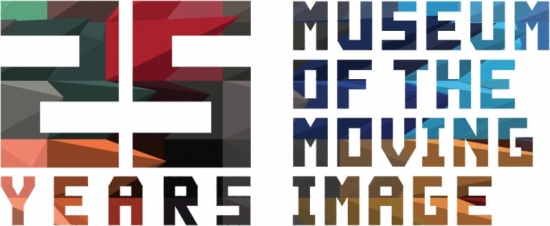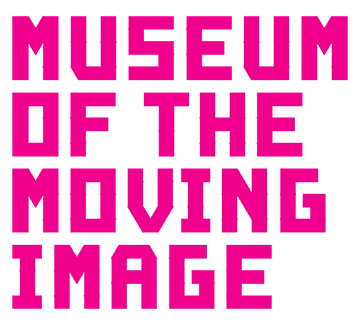
From Executive Director Carl Goodman
September 10, 2013
On September 10, 1988, Museum of the Moving Image opened its doors to the public. At the time, years before the promise of the Internet and digital media were captured in the now-quaint phrase “Information Superhighway,” the idea of a Museum, built on an historic site for movie production, that would take a unified view of the disparate worlds of film, television, and video games, seemed as audacious as it was unprecedented. There was, simply, no museum like it in the world. It was an innovative blend of a science museum, an art museum, a technology museum, and a history museum, with a unique mix of artifacts, commissioned artworks, interactive experiences (at the time employing such now-arcane technology as laserdisc players, slide projectors, and electronic synthesizers), and video clips.
From its earliest days, the Museum has been committed to being at once forward-looking, reflecting a subject matter that is defined by innovation, and to being rooted in history, always remembering that the latest advances are part of a continuum. Today’s YouTube videos of adorable cats were preceded by short films of boxing cats shown in the 1890s on Thomas Edison’s Kinetoscopes. Today’s big-screen blockbusters have their roots in Edwin S. Porter’s still-thrilling 1903 film The Great Train Robbery.
As we enter our 25th anniversary year, I can tell you that it has been a thrilling ride for the Museum, at least as action-packed as The Great Train Robbery. We have transformed and expanded over the years to serve a growing audience and to offer an increasingly ambitious slate of exhibitions, screenings, and education programs. Our film programs range from the best of classic Hollywood—as in our complete Howard Hawks retrospective—to the best of contemporary world cinema—as in our focus on the great French director Claire Denis. And our exhibitions range from Cut Up, a thoughtful survey of the Internet phenomenon of short videos created by reediting popular media, to Lights, Camera, Astoria!, a fascinating exhibit that looks at the history of the Astoria Studios, which were built in 1920 and inspired the growth of a vibrant film and arts campus.
While this is indeed a time of celebration, it is also a bittersweet moment for the Museum. In August, our beloved Chief Projectionist, Richard Aidala, died after a brief illness. Richie started working at the Museum exactly 25 years ago, in August 1988, and he was widely acknowledged as a master of his craft. In addition to doing a great job in the booth, beautifully projecting hundreds of archival film prints a year, and adapting to digital projection as well, Richie was able to fix our Kinetoscope while doing the rounds through the galleries, and then repair a video arcade game. He was a true professional, but will be best remembered as a great husband, father, and friend, and he will be missed. We will pay tribute to Richie on October 4 at an event to mark the opening of a wonderful photo exhibit, The Booth, about projectionists and their workspaces. Richie was a great showman; more than anything at the Museum, he was obsessed with making sure that we put on the best possible show. As we move into our next quarter century, all of us at the Museum will honor his legacy by always putting on a great show.
We’re glad that you are with us for the ride. The Museum is very grateful for your interest and
your participation.

View the full September–October 2013 calendar here.
